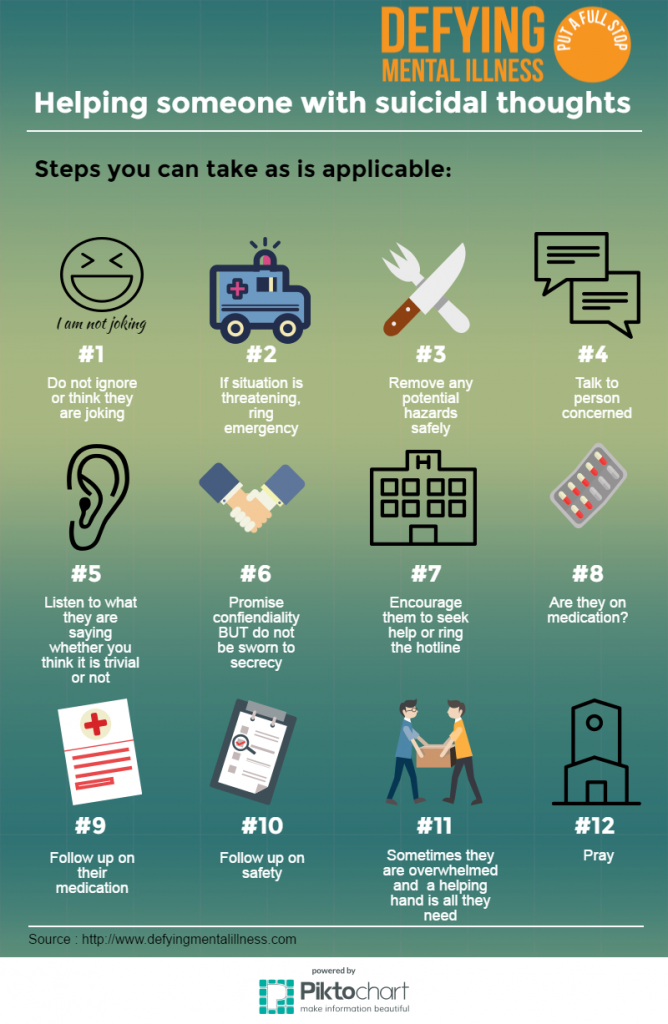What Is Play Therapy For Children
What Is Play Therapy For Children
Blog Article
Just How Do State Of Mind Stabilizers Job?
State of mind stabilizers assist to calm locations of the mind that are impacted by bipolar affective disorder. These medications are most reliable when they are taken consistently.
It might take a while to locate the right medicine that works finest for you and your medical professional will certainly check your condition throughout treatment. This will include normal blood examinations and perhaps a change in your prescription.
Neurotransmitter policy
Natural chemicals are a team of chemicals that manage each other in healthy and balanced individuals. When levels become unbalanced, this can cause state of mind problems like clinical depression, anxiety and mania. Mood stabilizers help to avoid these episodes by assisting control the equilibrium of these chemicals in the mind. They additionally might be made use of along with antidepressants to enhance their effectiveness.
Medications that work as mood stabilizers include lithium, anticonvulsants and antipsychotics. Lithium is possibly the most well known of these medicines and works by impacting the circulation of salt with nerve and muscle mass cells. It is frequently made use of to deal with bipolar illness, yet it can additionally be handy in treating other state of mind problems. Anticonvulsants such as valproate, lamotrigine and carbamazepine are additionally reliable state of mind maintaining medicines.
It can take a while to locate the ideal kind of medicine and dosage for every person. It is essential to deal with your doctor and engage in an open dialogue about just how the drug is benefiting you. This can be specifically practical if you're experiencing any kind of adverse effects.
Ion network modulation
Ion channels are a major target of mood stabilizers and numerous other drugs. It is currently well developed that they are vibrant entities that can be modulated by a variety of external stimuli. On top of that, the inflection of these networks can have a variety of temporal effects. At one extreme, changes in gating characteristics might be rapid and immediate, as in the nicotinic acetylcholine receptor/channel system. At the other end of the spectrum, covalent modification by healthy protein phosphorylation might result in changes in network function that last longer.
The field of ion channel modulation is getting in a duration of maturation. Recent bipolar disorder treatment studies have actually shown that transcranial focused ultrasound (US) can stimulate nerve cells by triggering mechanosensitive potassium and sodium networks installed within the cell membrane. This was demonstrated by shared networks from the two-pore domain potassium family in Xenopus oocytes, and concentrated United States substantially modulated the current moving via these channels at a holding voltage of -70 mV (appropriate panel, family member impact). The outcomes are consistent with previous observations revealing that antidepressants influencing Kv networks control glia-neuron interactions to contrary depressive-like habits.
Neuroprotection
Mood stabilizers, like lithium, valproic acid (VPA), and carbamazepine, are essential in the therapy of bipolar affective disorder, which is defined by reoccurring episodes of mania and depression. These medicines have neuroprotective and anti-apoptotic residential properties that assist to prevent mobile damage, and they additionally improve cellular strength and plasticity in inefficient synapses and neural circuitry.
These safety actions of state of mind stabilizers might be mediated by their restraint of GSK-3, inositol signaling, and HDAC activity. Additionally, lasting lithium therapy protects versus glutamate excitotoxicity in cultured neurons-- a version for neurodegenerative conditions.
Studies of the molecular and mobile impacts of mood stabilizers have actually revealed that these medications have a variety of intracellular targets, including multiple kinases and receptors, in addition to epigenetic modifications. Refresher course is needed to determine if state of mind stabilizers have neurotrophic/neuroprotective actions that are cell kind or circuitry certain, and how these impacts may match the rapid-acting therapeutic action of these agents. This will certainly help to create new, much faster acting, much more reliable treatments for psychological diseases.
Intracellular signaling
Cell signaling is the procedure whereby cells connect with their environment and various other cells. It involves a series of steps in which ligands engage with membrane-associated receptors and lead to activation of intracellular pathways that manage vital downstream cellular features.
State of mind stabilizers act on intracellular signaling via the activation of serine-threonine protein kinases, leading to the phosphorylation of substratum proteins. This turns on signaling cascades, causing changes in genetics expression and mobile function.
Lots of mood stabilizers (consisting of lithium, valproate and lamotrigine) target intracellular signaling paths by inhibiting details phosphatases or activating certain kinases. These effects trigger a decrease in the activity of these paths, which leads to a decrease in the synthesis of particular chemicals that can impact the mind and lead to signs of clinical depression or mania.
Some mood stabilizers likewise function by enhancing the activity of the repressive neurotransmitter gamma-aminobutryic acid (GABA). This enhances the GABAergic transmission in the brain and minimizes neural activity, consequently generating a relaxing effect.